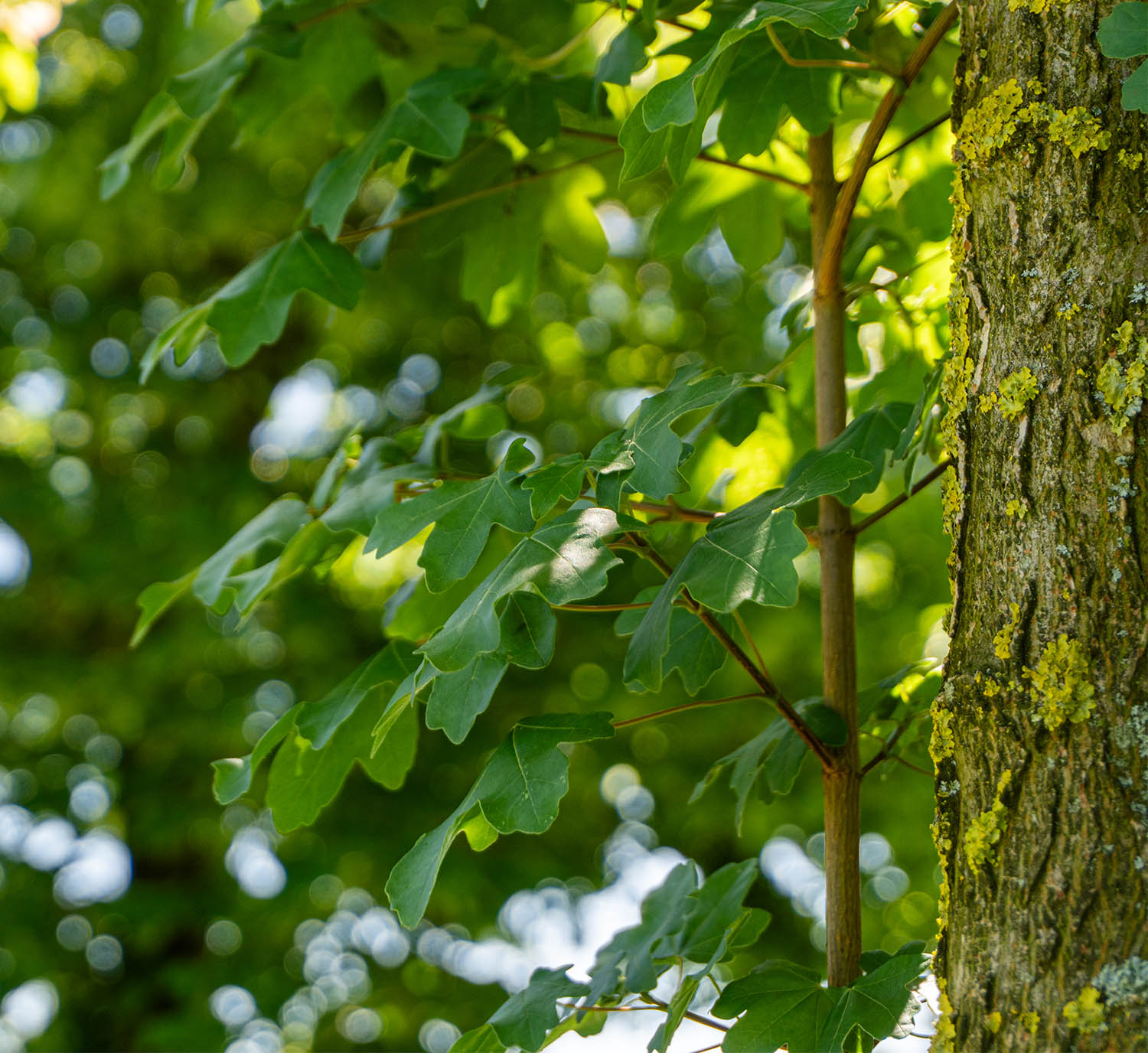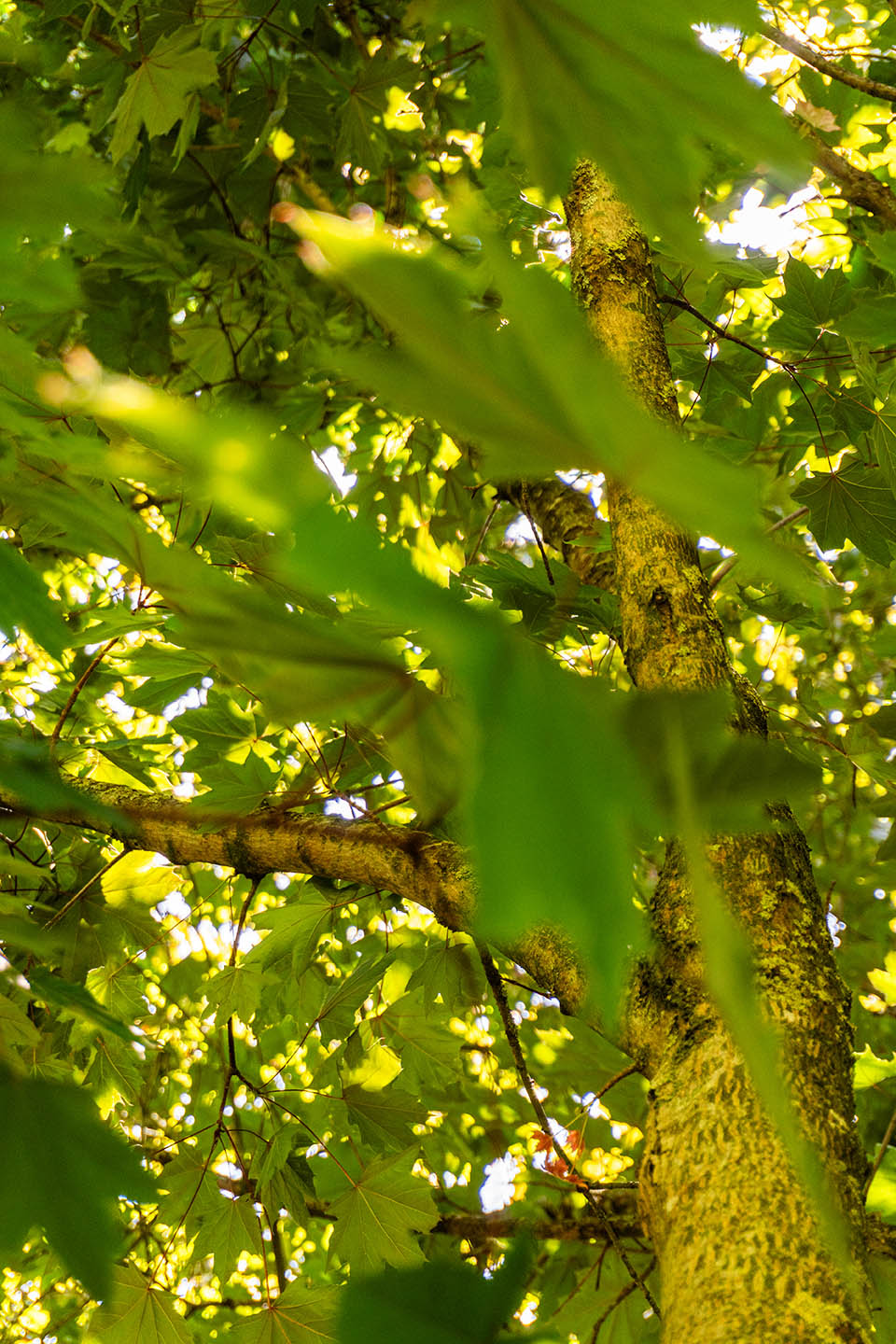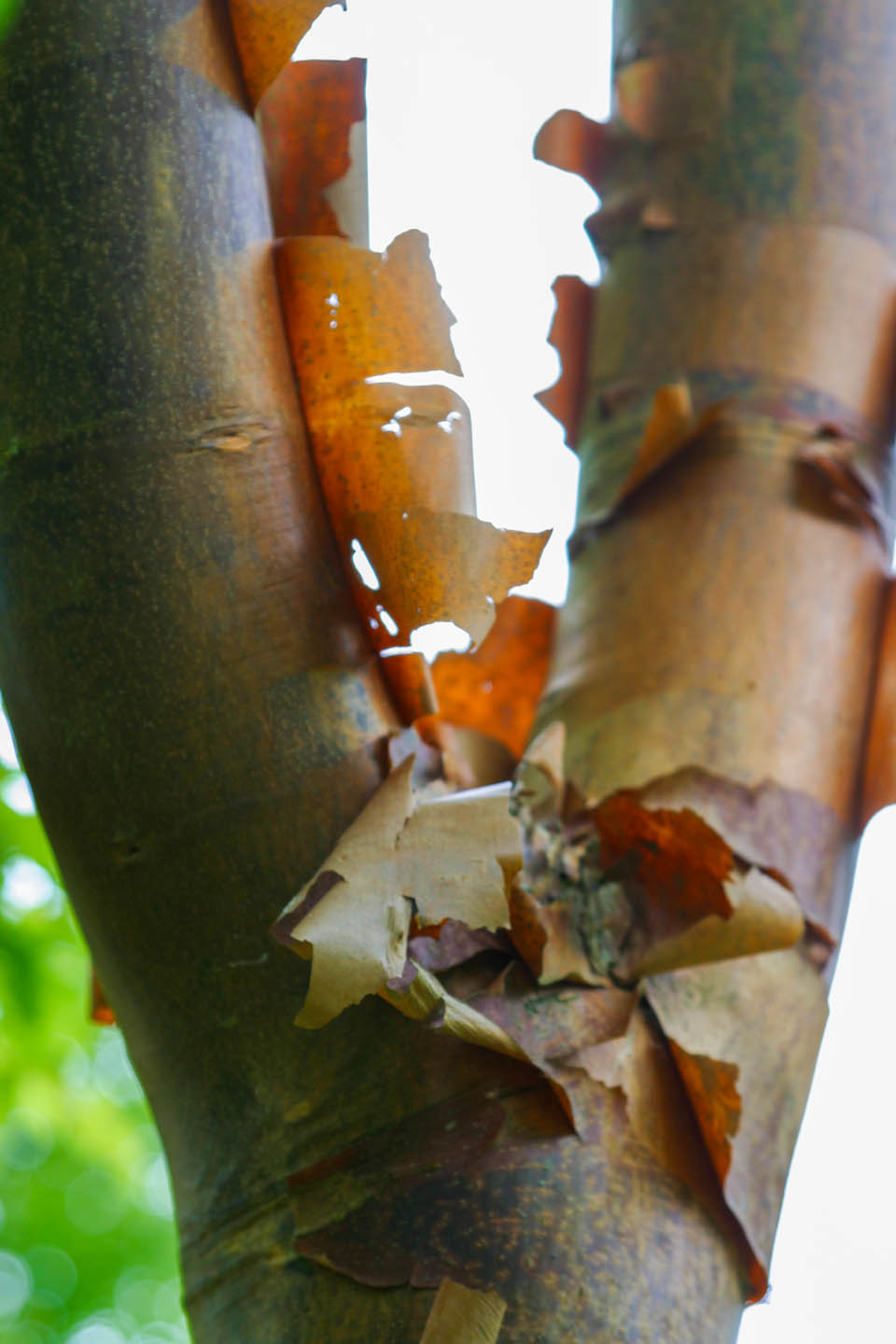Plant Focus: Acer
Bringing structure, shade and seasonal colour to planting schemes.
The Acer genus, more commonly known as maples, is one of the most widely recognised groups of trees and shrubs in the world. With more than 120 species, they range from small ornamental shrubs to large shade trees. The name “Acer” comes from the Latin word for “sharp,” referring to the pointed lobes of the leaves, a defining characteristic of many species.
Native across much of the Northern Hemisphere, Acers are found throughout Europe, Asia, and North America. They are particularly associated with temperate regions, where their ability to produce vibrant displays of autumn colour makes them highly valued in both society and more horticulture. The genus has long been recognised in culture and heritage, with maple leaves featured in art, flags, and emblems around the world. The most famous example is the stylised leaf of Acer saccharum, which forms the central emblem of the Canadian flag.
In Japan, Acers, especially Acer palmatum, have been cultivated and celebrated for centuries. Their finely divided foliage and brilliant seasonal colour play a central role in traditional gardens, where autumn leaf viewing, known as “momijigari,” remains a major cultural event. Similarly, in North America, species like Acer rubrum and Acer saccharum dominate natural forests, producing dramatic seasonal displays and, in the case of the sugar maple, forming the basis of the maple syrup industry through its highly sought after tree sap.
Today, Acers remain essential in planting schemes across the world, including the UK, where they provide structure, shade, and seasonal interest in both urban and rural planting schemes. Their wide range of forms, from robust native species like Acer campestre to delicate ornamentals like Acer palmatum, makes them versatile choices for designers looking to bring texture, colour, and year-round impact to landscapes.
Key Characteristics of Climbing Plants:
✓ Deciduous trees and shrubs
✓ Palmate, lobed foliage with distinctive shape
✓ Brilliant seasonal colour, especially in autumn
✓ Winged seeds (samaras) produced in pairs
✓ Range in size from small ornamental shrubs to large shade trees
✓ Tolerant of many soil types, preferring moist but well-drained conditions
✓ Suitable for both formal landscapes and naturalistic schemes
Did You Know?
The winged seeds of Acers, known as samaras, are often called “helicopters” or “spinners.” Their unique design helps them spin as they fall, allowing the seeds to travel further from the parent tree.
Popular Acer Varieties we recommend:

Acer campestre
Acer campestre
The standard field maple, native to the UK. Medium-sized tree with lobed green leaves, turning golden in autumn. Versatile and hardy, suitable for hedgerows, shelterbelts, and parkland planting.
Acer campestre ‘Streetwise’
Compact, upright cultivar of the UK native field maple. Dense, rounded crown with lobed green leaves that turn golden-yellow in autumn. Bred for urban use, highly tolerant of pollution, drought, and confined spaces.
Acer campestre ‘Elsrijk’
Another reliable cultivar of the field maple with a narrow, upright habit. Deep green foliage develops warm yellow tones in autumn. Popular for street planting and avenues due to its uniform shape and resilience.
Acer platanoides
Norway maple, a large and vigorous tree with broad, five-lobed leaves. Green summer foliage turns yellow in autumn. Strong, adaptable, and widely used in parks, avenues, and large open spaces.
Acer pseudoplatanus
Commonly known as sycamore, a robust, fast-growing tree with broad lobed leaves which turn a red-orange colour in autumn. Tolerant of coastal exposure and pollution.
Acer griseum
Small to medium-sized ornamental tree known for its peeling, cinnamon-coloured bark. Green leaves turn orange and red in autumn. Compact size makes it ideal for ornamental schemes and smaller gardens.

Acer pseudoplatanus

Acer griseum
Acer rubrum ‘October Glory’
Medium-sized tree with glossy green leaves that become scarlet and orange-red in autumn. Provides striking seasonal colour and works well in avenues or parkland.
Acer palmatum ‘Osakazuki’
Japanese maple with deeply lobed leaves. Green in summer, transforming into vivid crimson-red in autumn. Elegant form and moderate size make it suitable for ornamental planting and courtyards.
How to Grow and Care for Acer
Acers generally thrive in moist, well-drained soils and perform best when planted in sheltered positions, away from strong winds that can damage foliage. While species such as Acer pseudoplatanus are tolerant of pollution and poor conditions, delicate varieties like Acer palmatum prefer slightly acidic soils and protection from hot midday sun to prevent leaf scorch. Mulching around the base is beneficial, helping to retain soil moisture and protect shallow roots.
In landscaping, larger species such as Acer platanoides or Acer pseudoplatanus provide shade and strong visual impact in open spaces, while smaller ornamental types, including Acer griseum and Acer palmatum, add refined colour and texture to designed gardens. Pruning is rarely required beyond the removal of crossing or damaged branches, though careful shaping can enhance the structure of ornamental species.
When selecting Acers for landscaping projects, it is important to consider tree sizing. Different varieties can range from smaller ornamental specimens to large statement trees, and ensuring the right size at planting will influence both the design and the long-term management of the space. Matching the tree size to the planting location also helps reduce maintenance needs and avoids issues with overcrowding as the tree matures. For further guidance on choosing the correct size of tree for your project, take a look at Greenwood’s tree sizing guide page.
Pests and Diseases
Acers are relatively resilient, though several issues can affect their health. Aphids are common, causing leaf distortion and sticky honeydew that attracts sooty mould. Verticillium wilt, a soil-borne fungal disease, is more serious and can lead to dieback in some species. Leaf scorch, particularly in Japanese maples, is often environmental, linked to drought, exposure, or high heat. Ensuring consistent soil moisture and providing protection from harsh conditions helps keep Acers healthy and thriving.
If you’d like more information on the different varieties of Acer we grow and sell, talk to the G Team today

